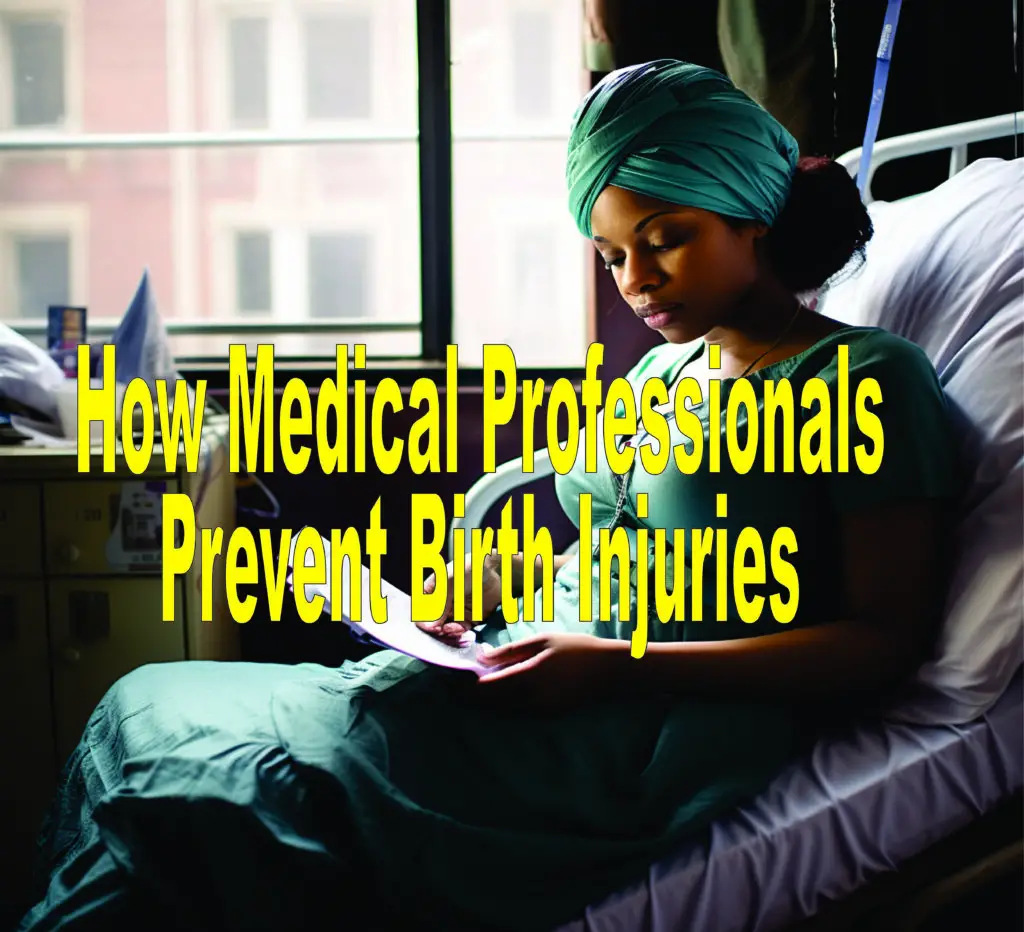Last updated on May 2, 2024 by Kathy
Few things can cause as much fear and frustration for new parents as birth trauma. Giving birth is stressful enough, and most parents don’t want to know that their child is injured, and that those injuries may last a lifetime. Parents and medical professionals alike take the prevention of birth injuries very seriously.
While they can’t completely eliminate the risk of birth injury or control every outcome, there are steps medical professionals can take to ensure the best outcome for baby and mom while minimizing the risk of birth injury.
Ensure appropriate prenatal care and testing
Medicine has made important advances in prenatal care, among other advances. Doctors can now perform a wide range of prenatal tests to check the health of mother and baby.
These tests provide important information about maternal conditions, such as infections, gestational diabetes, and preeclampsia, while also helping medical professionals understand the baby’s progress and health.
Doctors can notice umbilical cord problems, poor posture (such as if the baby is in the breech position), and abnormal heart rates. Understanding these and other potential problems ensures medical professionals can intervene early to prevent serious harm during pregnancy and childbirth.
Prenatal testing can also help doctors identify high-risk pregnancies so mothers can receive extensive care to ensure they carry their babies to term.

Receiving additional training
Medicine is constantly changing, and medical professionals are always learning from each other. Better knowledge often leads to better outcomes for patients, including mothers and their babies.
Additional and ongoing learning is also critical to help prevent medical errors and negligence. A well-trained doctor is less likely to make mistakes that put mother and baby in danger.
Inadequate training has also been linked to birth injuries, although there are many other causes. Because these injuries can have lifelong and often devastating consequences, many doctors have been sued for such injuries. Parents whose infant is paralyzed as a result of a birth injury can contact an attorney to file a lawsuit for compensation, especially if medical negligence and malpractice are alleged.
Learn to recognize the signs of fetal distress
Cerebral palsy is a common birth injury caused by a lack of oxygen to the brain. This deprivation often occurs in cases of fetal distress. Because of this devastating impact of childbirth and brain injury, medical professionals are trained to monitor mothers and babies during pregnancy and delivery.
Some signs they look out for include:
- cramp
- vaginal bleeding
- Abnormal amniotic fluid volume
- Reduced fetal movement
- Mother’s weight gain is too much or not enough
- abnormal fetal heart rate
Doctors can catch some of these problems early during routine prenatal visits, but they can also catch some during the final checkup before delivery.

Know when to have a C-section
Even if the mother insists on a natural delivery, the doctor may still recommend a cesarean section. They can do this in cases of maternal infection, umbilical cord compression, fetal distress, prolonged labor and uterine rupture.
It is critical to understand that doctors carefully weigh the benefits of a C-section against the risks that the baby faces and will face during the procedure. They then make informed decisions to ensure the best outcome for baby and mother.
in conclusion
Birth injuries are devastating to all parents because of their consequences. Fortunately, medical professionals do their best to minimize risks and ensure that everything goes smoothly for mom and baby during pregnancy, birth, and postpartum.




